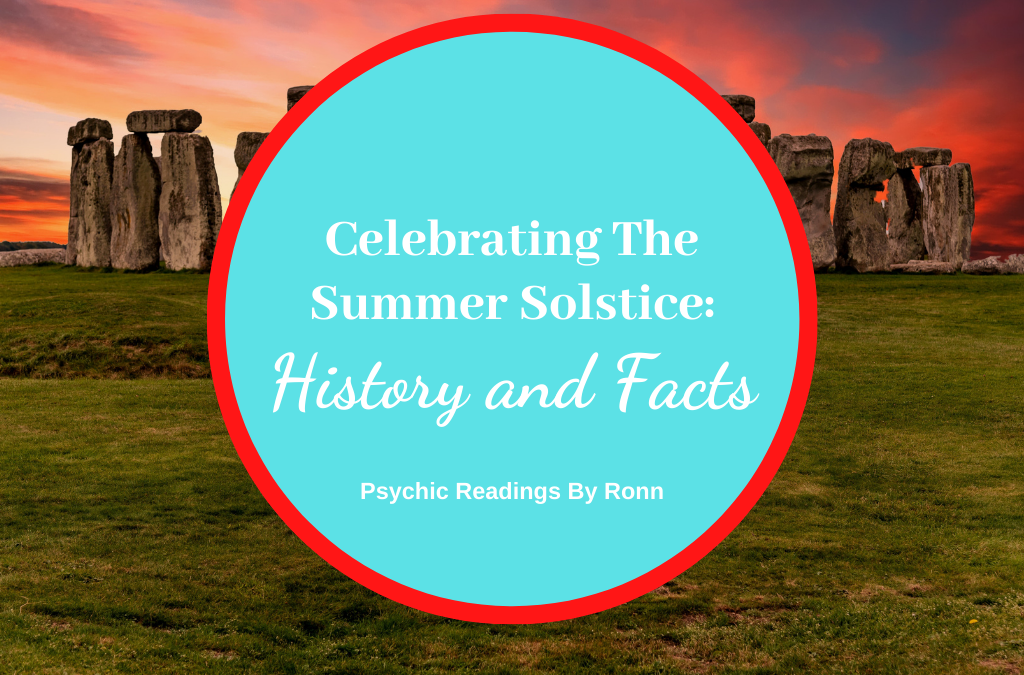June 21, 2021 marks the start of the summer solstice, the longest day of the year (at least in the northern hemisphere) when Earth tilts closest to the sun. For fans of astrology, this also marks the beginning of Cancer season. Consider it a time to balance the feminine (represented by the Cancer zodiac) and masculine (represented by the sun) energies in your life. It’s also a time to celebrate the sun with a bonfire, the Earth with a flower crown, or water with a drink or nice bath- or both!
It’s also a time for celebration dating back to our ancient ancestors. Stonehenge is believed to be created as a site to observe the summer solstice from, and was used as a sort of calendar for ancient people to determine when to plant and harvest crops. In China, it marks a time to celebrate the “yin” forces and feminine energy, while the winter solstice was used to celebrate the “yang” forces and masculine energy. In the ancient kingdom of Gaul, which encompassed modern day France, it was a time to celebrate with the Feast of Epona, an ancient mare goddess of fertility. In Egypt it coincided with the flooding of the Nile and marked the beginning of the Egyptian New Year.
When Christianity took over Europe, these Midsummer celebrations were incorporated with Christian holidays. In Scandinavia, the summer solstice is observed on St. John’s Day on June 24th, a holiday celebrating St. John the Baptist. The celebrations continue into modern day with Midsummer being a time to feast and drink around a bonfire or dance around a maypole, and reconnect with nature. Even modern day pagans and druid flock to Stonehenge to celebrate the season!
In the United States, it’s a time for music festivals, family gatherings, and environmental awareness focused on the sun.
